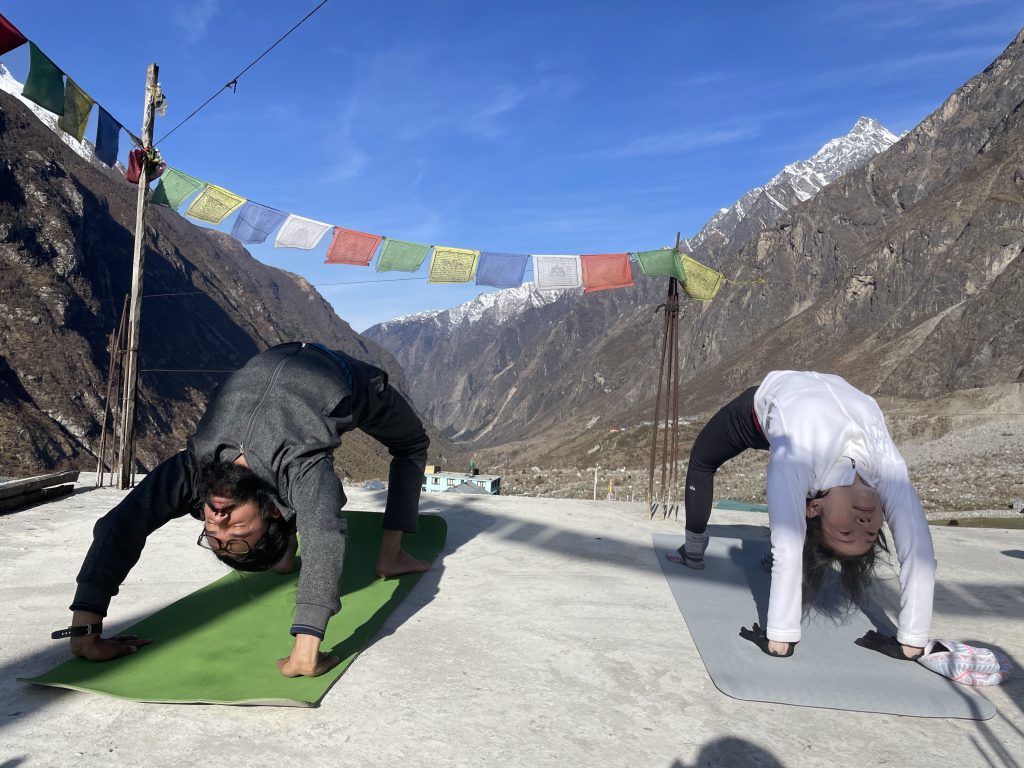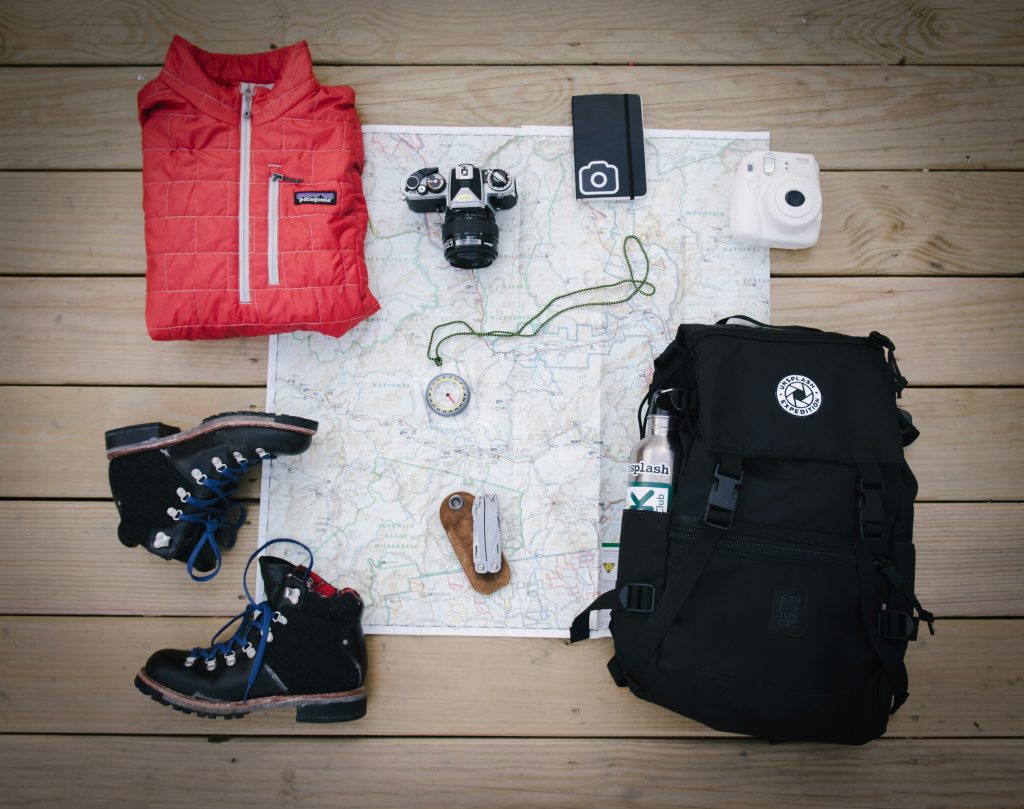Training Tips for Langtang Valley Trek

The Langtang Valley Trek is like the doorway to an incredible adventure, nestled north of Kathmandu and bordering Tibet. Lots of people are choosing it for trekking, especially after checking out Everest and Annapurna. The big mountain in this area is Langtang Lirung, standing super tall at 7246 meters. It’s a fantastic start if you want to try trekking in Nepal and see some of the prettiest views around. Now, let’s talk about how to get ready for the Langtang Valley Trek, incorporating essential Training Tips for Langtang Valley Trek to make it easy and fun.
In comparison to the other treks in Nepal, this trek is relatively short and easier. On average, it takes 5-7 days to complete the route taking you to the Langtang National Park. The total distance of the Langtang trek route is 65 kilometers/ 40 miles. Therefore, this trek is possible for all age groups: beginner, mediator, or advanced. Despite being easier, don’t take this trek lightly as there is difficult terrain, many uphill and downhill. So, you need to prepare yourself with a positive attitude before you begin your trek.
Check our Short Langtang Valley Trek Package: Langtang Trek-7 DaysTable of Contents
Importance of Physical Fitness
Staying in good shape is a goal we should all aim for. It’s not just about being ready for challenging treks like Langtang Valley but also for our mental well-being and overall happiness. Being physically fit means fewer health issues down the road and helps us feel less stressed and sleep better at night. So, even though we all know that being fit is a positive thing, there are some cool reasons why exercising is awesome that we might not always think about.
Must read: How Difficult is Langtang Valley TrekHere are the list of things that will help to increase physical fitness
Pre-Trek Training
When you do the Langtang Valley Trek, you’ll be walking about 6 to 7 hours every day, and that can be a lot, especially for beginners. To get ready, start preparing yourself about 2 to 3 months before your trek. You can do things to make your stamina better, like joining classes for aerobic conditioning, elevation training, and strength endurance.
Try exercises like jump squats, hip rolls, step up, heel down, and hip clock. Also, do aerobic exercises like swimming, running, cycling, or fast-paced walking to keep your body in good shape. It’s really important to train your legs, and if you can, get help from professional trainers to make sure you’re doing it right. This way, you’ll be all set for your trekking adventure.
Listen to Your Body
When you’re getting ready for the Langtang Valley Trek, it’s important to listen to your body. Pay attention to how it feels when you’re working out and hiking. It’s okay to push yourself, but you need to know the difference between regular tiredness and something that could be bad for you.
Rest when you feel you need to, and don’t overdo it because that can lead to injuries and slow down your progress. Change your plan and be flexible with how hard you train. The main aim is to get stronger and build up your stamina while making sure you don’t get hurt along the way.
Health Precautions
Before you go on a trek, visit a doctor for a full check-up to make sure you’re healthy and ready. Check if you need any special shots for the place you’re going, and make sure your regular shots are all up to date. Bring a basic first aid kit for common problems like headaches, stomachaches, and feeling sick from high places. Eat good, balanced food to give you the energy you need while you’re trekking. It’s all about taking care of yourself.
Mental Preparation

Learn ways to handle stress by staying calm and figuring out solutions without letting stress take control. Talk to other people on the trek and the local folks – having friends can help you feel better and share cool experiences. Before you start, picture yourself doing well to feel more sure about it. Sometimes, take a moment by yourself to enjoy the views and think about your own journey. Remember, when your mind is strong and healthy, it can help your body work better, too.
Rest and Sleep
Make sure to get plenty of sleep, especially when you’re up in the high mountains where your body needs extra time to get used to things. Pick a nice place to sleep that feels comfy. Bring a sleeping bag that suits the weather, and think about using earplugs and a mask for your eyes to block out any noise or light.
It’s important to drink water before bed, but not too much. Try to do the same things before bed each night to help your body know it’s time to rest. Find a comfy way to lie down when you sleep. Keep a regular sleep schedule, even on days when you’re taking it easy, to help you sleep better overall.
Prepare for Cold and Wet Weather.
As you go up higher, the air gets thinner, especially when you walk uphill to places up in the mountains. On the tall passes, the air becomes really thin, and it gets very, very cold. Also, the weather can change quickly. So, get ready for really chilly conditions in these areas and make sure you’re all set for the cold and sometimes surprising weather.
Getting ready for cold and wet weather is super important for the Langtang Valley Trek. Know what the weather’s going to be like, be ready for sudden changes, and wear clothes that dry quickly. Wear lots of layers to keep warm, like putting on more than one piece of clothing to trap the heat close to your body. Be prepared and stay warm.
Related article: Best Time To Do Langtang Valley TrekRight Clothing

Picking the right clothes helps you feel comfy during your journey. Good stuff like a proper sleeping bag, cozy merino layers, and strong trekking boots are super important. Start with clothes that take away sweat (moisture-wicking), then put on something warm in the middle, and wear a jacket that keeps water and wind away.
Choose pants that can turn into shorts, gloves that don’t let water in, and tough boots. Remember a big hat, a warm hat, and things like a buff that can be used in many ways. Pack extra socks, underwear, and a cover to keep your backpack dry. Wear something comfy for sleeping and maybe carry a raincoat just in case the weather changes. Get ready for all sorts of weather changes. Always pack Emergency Gear.
Important Note
- When you’re in the Langtang region, be careful with plants you don’t know because some might make your skin itchy or cause allergies.
- Watch out for Yaks and Mules on the narrow trails, and stand on the uphill side so they don’t accidentally bump into you. Give these animals plenty of room because they’re carrying heavy stuff.
- Use bug spray, especially in the evenings when mosquitoes are out.
- Before you pack up, check for tiny creatures on your gear to make sure you don’t take them with you or hurt them.
- Carry basic first-aid stuff for bug bites, and if someone has a bad reaction, get medical help. Animals are active at night, so stay alert.
- Learn a bit about first aid for snakebites, and always be careful.
- Taking care of the environment is also your job, so make sure you leave no trace behind.
- Before you begin your trek, doing research is very important.
Worth reading: A complete Guide on Langtang TrekLangtang Valley Trek Booking For 2025 & 2026
If you are planning to undertake the Langtang Valley trek in 2025 and 2026 then you can book the package with High Route Adventure. We provide langtang Trek Package at affordable price with inclusion of expert guide, porter, food, accomondation and logistic. For booking please contact us on:
- Email: info@highrouteadventure.com
- Phone/Whatsapp:+977-9851058664
- Address: Mitranagar-26, Kathmandu, Nepal
Conclusion
Going on the Langtang Valley Trek is challenging, so you need to be in good shape. It doesn’t matter if you’re new to trekking or if you’ve done it before; keeping healthy and getting ready in your mind is important.
For this trek, remember what we talked about before. It might be tough if you don’t prepare your body before you start. Make sure to follow these essential training tips for Lantang Valley Trek. Choosing a good trekking agency like High Route Adventure can make you feel more sure because they know a lot about this and have been doing it for a long time.
Posted on








